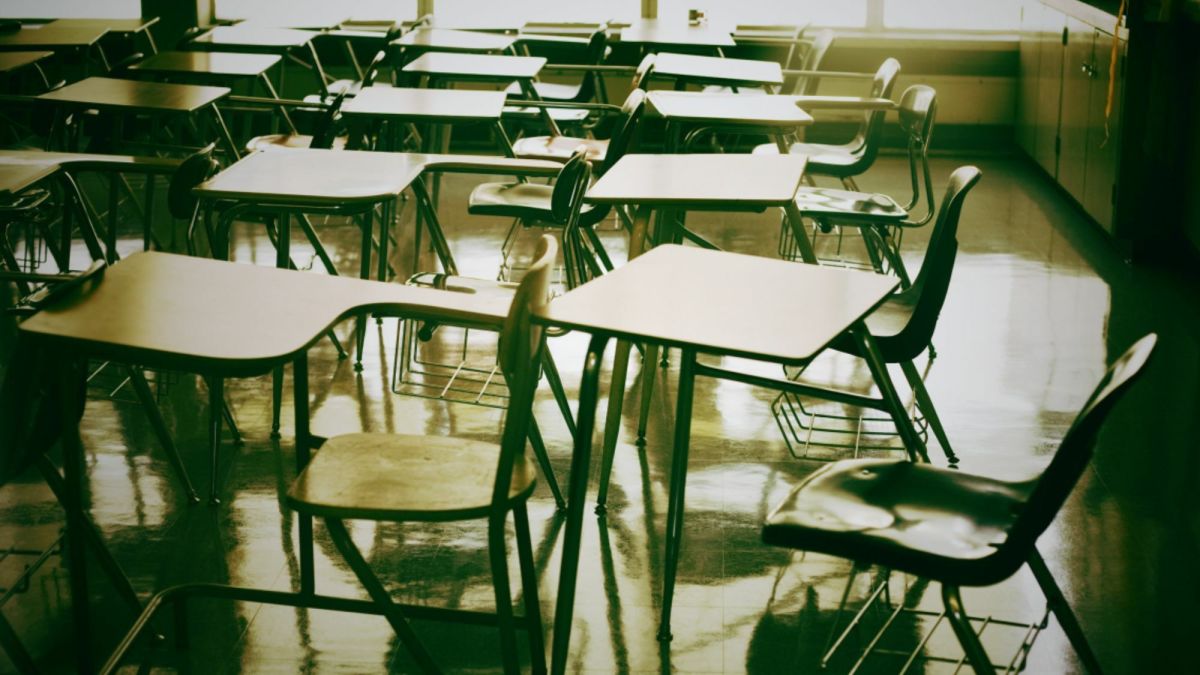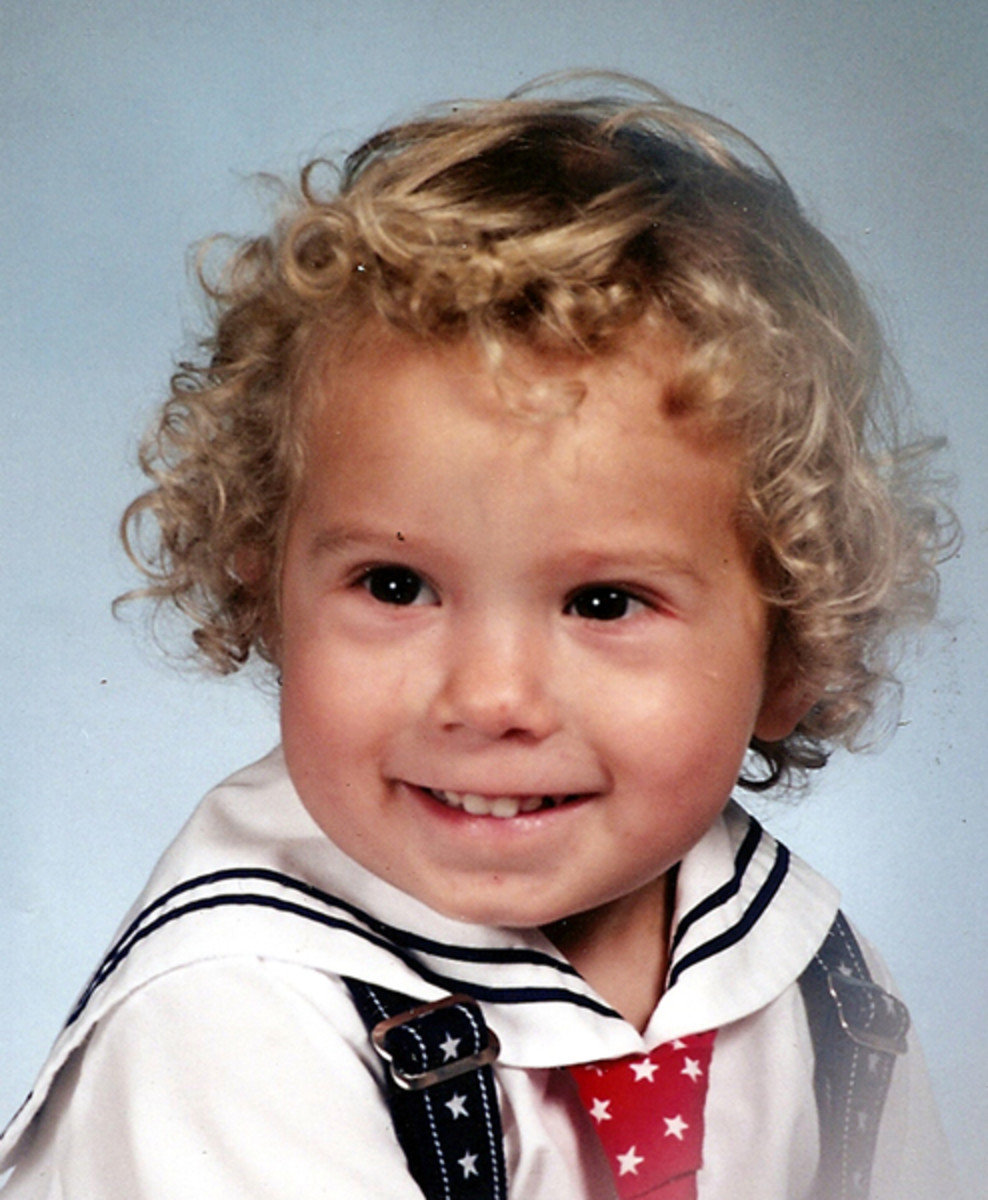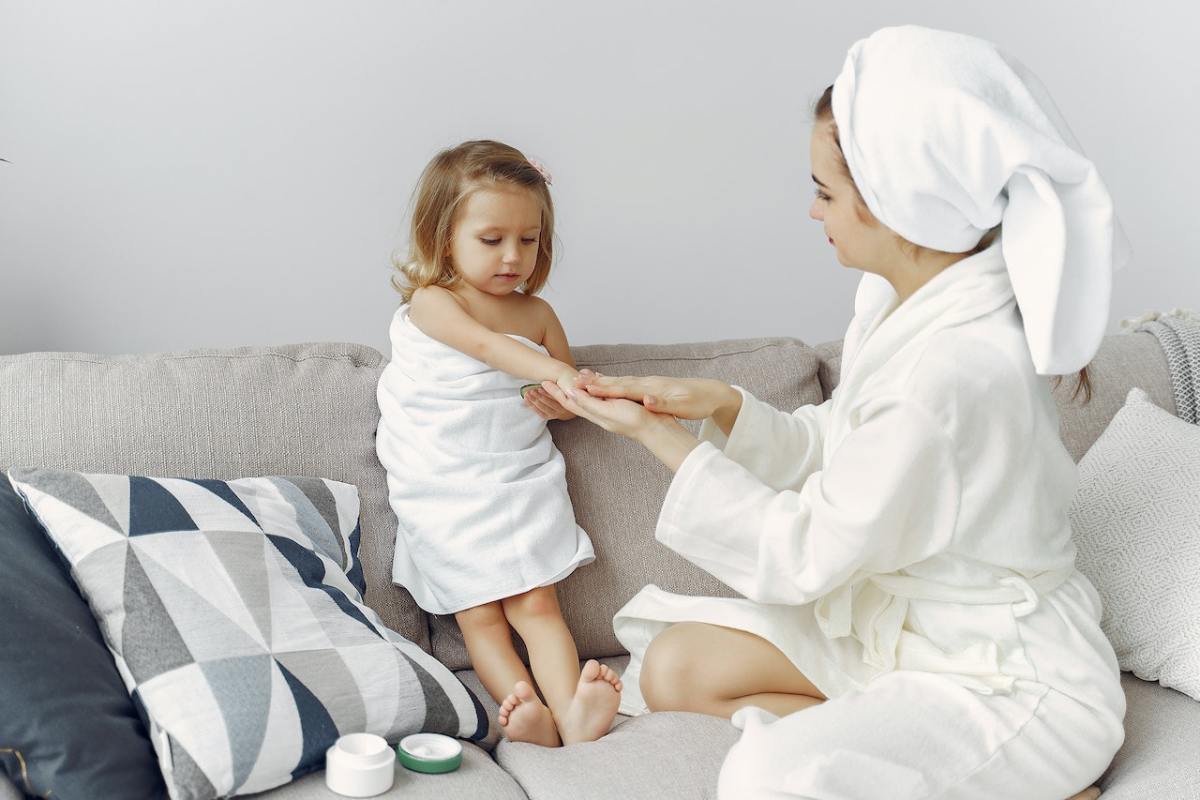How 10 Minutes and $10 Could Save Your Child From a School Shooting
School shootings are becoming so commonplace it seems rarely a day goes by without disturbing headlines and news reports of an active shooter erupting somewhere on a campus in the United States. More and more children, parents, teachers and administrators are terrified this nightmare could unfold at their school.
While we pay tribute to lives lost at candlelight vigils and may question the motives behind these senseless tragedies, we also need to find ways to make our children feel safe while they're at school.

First of all, we need to talk openly and honestly to our children about how they're feeling. While it's okay to feel frightened at times, giving up is not an option. Let them know they can't let the actions of a few disturbed kids disrupt the lives of millions of innocent children. We can't let the concept of terrorism win out by stripping us of our basic freedoms and ruling our lives with fear.
Statistically Speaking
While this may not seem like the time or place, talking to kids before or after school about any tension they are feeling is a good opportunity for a learning experience. For example, if your youngster is apprehensive about going to school out of a sense of fear, do your best to calm their nerves.
For older children, if you need to use statistics in order to back up a blanket statement about how rare these occurrences actually are, there's plenty of them out there to be cited. You can also do it in a way that may actually make them laugh instead of being terrified. The odds are actually in their favor since they're much more likely to be fatally harmed:
- By an aircraft, boat or spaceship (that's right a spaceship)
- By Mother Nature instead of a scary gunman
- Choking on their food
- Riding their bicycle or another type of an accident
Be sure to follow this up with something like, "When's the last time you heard of anyone being hurt by a spaceship?"
Positive Experiences
We certainly don't want our kids to be afraid of everything so if you don't think these types of discussions will work with your child, don't go there. On the hand, we can use these numbers to get our children into a safer, more positive space.
For example, when our parents once told us "If you don't have anything nice to say, don't say anything at all." While this is true, kids should still reach out to their peers if they seem troubled since statistically speaking, these are the ones who are most likely to commit these offenses. At the very least, kids should point out these behaviors to parents, teachers, counselors or anyone else who could intervene.

Constructive Behaviors
If they're still troubled because they feel helpless or aren't doing anything to change their circumstances, encourage them to get involved in some way. There are a plethora of possibilities when it comes to lending a hand or helping out:
- Writing sympathy letters or drawing pictures with positive messages to parents of children who have passed. Even if they aren't sent, a child still feels as though they have made someone feel better with a contribution towards the cause.
- Starting a support group or club at school where kids can get together and talk about their fears, problems, expectations or anything else that comes to mind.
- Regularly reaching out to kids who are isolated, don't seem to have any friends, appear sad, frustrated, angry or alone.
- Take a stand against bullying. Don't participate in teasing, taunting, name calling or any type of harassing behavior and encourage their friends to do the same.
- Encourage them to be inclusive and never exclude kids from anything for any reason whatsoever.
This can include sitting at a certain table during lunch, if there's no room, make some or get another chair. If your child is playing a two-person game like cards or checkers and another kid wants to play, they can take on the winner.
Parental Planning
As parents, we should also be stepping in to make sure our children are safe at school. While the majority of campuses have some sort of emergency plan in place to ensure their safety in case of an attack, make sure this is true at your kid's school. Ask your child directly if they know of such a method being taught and if they're drawing a blank, you should make a phone call to administrators.
There's also an inexpensive, simple device we can place in the palm of their hand that could potentially save them from the threat of a school shooter. For $10, a parent can purchase a four-pack of door stops that could be effectively be used in case of an emergency at school.

While these little rubber gadgets are mostly used to prop open a door, they are also extremely effective at keeping a closed-door tightly shut from the inside of a room. Even if a would-be intruder shot the lock out, the wedge keeps them from entering. All parents should consider taking a few moments to make this important purchase and then:
- Give one to your child and tell them to keep it in their backpack at all times.
- The second is given to the teacher with instructions as shown below.
- A spare can be put in an alternative location such as inside a locker or desk.
- Keep one at home for a spare just in case your kid loses it.
Be sure to show your child knows exactly how to use this device if they hear shots fired at the school. After placing it underneath the space between the door and floor, securely kick it into place. They should then immediately take cover away from windows until the teacher tells them it is safe.
While this certainly isn't a 100% completely, effective solution to this growing problem, isn't it worth $10 if it simply makes students feel safer while they're in class? Even if it saves one child's life or protects another teacher from being shot, it's worth this very small investment.
© 2018 DJ Sartell








